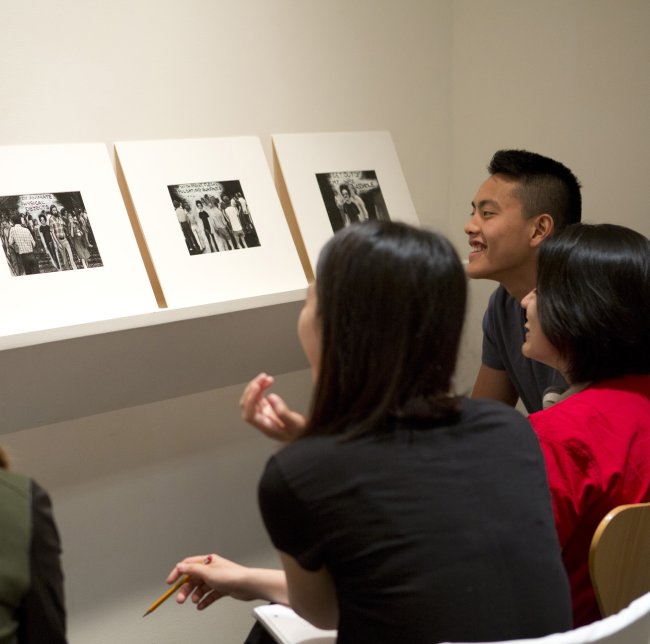Explore the undergraduate course offerings in art history, including cross-listed classes and college core classes offered by art history faculty. Much of the coursework offered by art history faculty encourages direct engagement with art historical sources and original works of art, taking advantage of the resources of the Smart Museum and other art institutions in Chicago and beyond. Part of the Rhoades Exchange Program, the annual Rhoades Seminar is taught by a curator at the Art Institute. The Suzanne Deal Booth Conservation Seminars are offered by a conservator or conservation scientist based at the Art Institute. Gold-Gorvy Traveling Seminars involve class travel to work with objects, buildings, and sites first hand.

Undergraduate courses are numbered 10000-29999. 100-level courses satisfy Arts Core requirements, while 200-level courses fulfill major and minor requirements. Courses of study should be developed after consulting the catalog for required classes and conferring with the advisor and/or Director of Undergraduate Studies.
